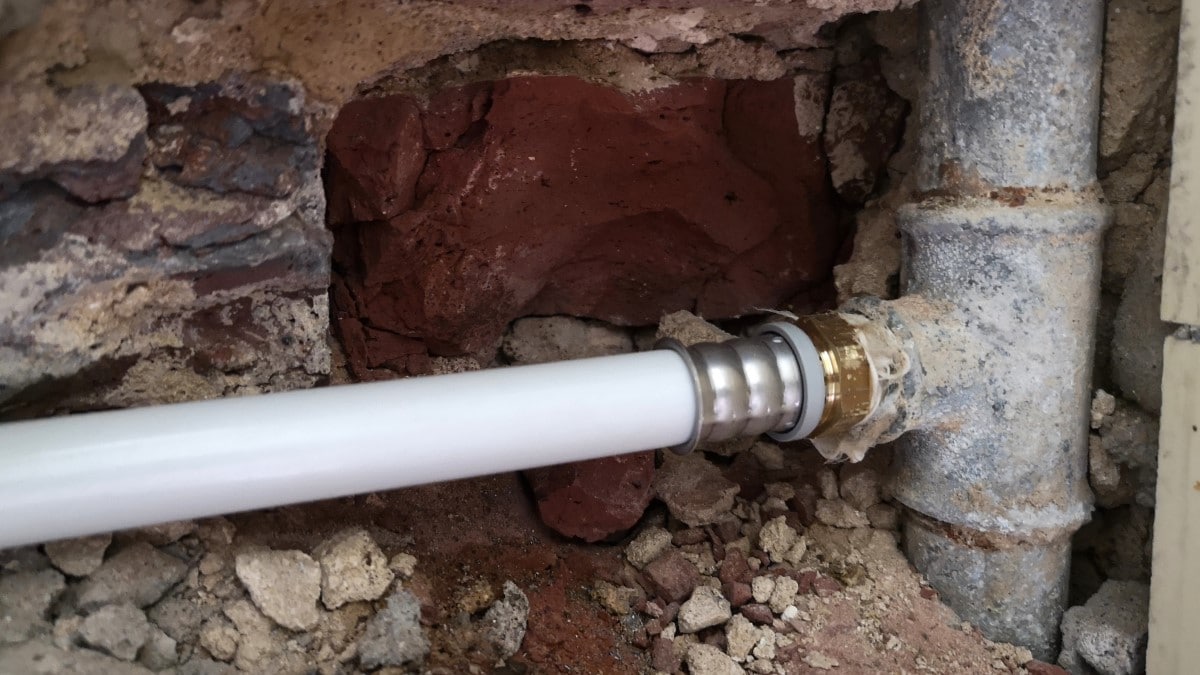Key points
- Public tap water in the United States is regulated and usually safe to drink.
- However, sometimes tap water gets contaminated with chemicals that can make you sick.
- Contact your drinking water utility or health department if you think your tap water is contaminated with harmful chemicals.

Overview
Find information below about the chemicals that most often contaminate tap water and cause disease, and how to remove them. Boiling will not remove chemicals from water.
Arsenic
Common sources
- Natural deposits in the earth
- Industrial or farming pollution
Removing arsenic from drinking water
Treat water using:
- Reverse osmosis
- Ultrafiltration
- Distillation
- Ion exchange
Find water treatment systems certified to remove arsenic.
Symptoms
- Nausea and vomiting
- Abnormal heart rhythm
- Feeling of "pins and needles" in hands and feet
Copper
Common sources
- Copper water pipes
- Mining, farming, or industrial pollution
Removing copper from drinking water
Treat water using:
- Reverse osmosis
- Ultrafiltration
- Distillation
- Ion exchange
Find water treatment systems certified to remove copper.
If copper pipes are contaminating your water, another option is to flush faucets that have not been used for 6 or more hours. Flush faucets by running the water for at least 15 seconds before drinking or using it. Avoid cooking with or drinking water from hot water taps because hot water dissolves copper more easily than cold water.
Symptoms
- Nausea and vomiting
- Diarrhea
- Stomach pain
Lead
Common sources
- Lead pipes (most common source)
- Brass fixtures
- “Packer” elements in private wells that are 20 years old or older
- Leaded brass parts in older submersible pumps used in private wells
Removing lead from drinking water
Remove the lead source if possible. If you have a private well, check both the well and the pump for potential lead sources. A licensed well water contractor can help you determine if any of the well's parts are a source of lead.
If you cannot remove the lead source:
- Use a filter certified to remove lead from water
- Drink or cook only with water that comes out of the tap cold
Health effects
Lead in drinking water can cause serious health problems, especially for children and pregnant women. For example, lead can harm children's brains and increase the risk for miscarriage.
Nitrate
Common sources
- Fertilizers
- Septic systems that are not working correctly
- Animal feedlots
- Industrial waste
- Food processing waste
Removing nitrate from drinking water
Treat water using:
- Ion exchange
- Distillation
- Reverse osmosis
Find treatment systems certified to remove nitrate.
Health effects
High levels of nitrate can decrease the ability of your blood to carry oxygen to your tissues. Infants younger than 6 months may be particularly at risk. Related symptoms can include decreases in blood pressure, increased heart rate, headaches, stomach cramps, and vomiting.
PFAS (forever chemicals)
Common sources
- Industry
- Consumer products, such as stain-resistant carpets or water-resistant clothing
Removing PFAS from drinking water
Use a filter certified to “NSF/ANSI 53” or NSF/ANSI 58” for PFAS reduction. Check the filter's packaging to make sure it has been certified to reduce PFAS by an independent testing organization, such as NSF or WQA.
Health effects
Researchers continue to study how PFAS chemicals impact health. Current evidence suggests high levels of these chemicals may lead to:
- Higher cholesterol levels
- Changes in liver enzymes
- Decreased vaccine response in children
- Higher risk of high blood pressure or pre-eclampsia in pregnant women
- Small decreases in infant birth weights
- Higher risk of kidney or testicular cancer
Radon
Common sources
Radon forms in ground water when naturally occurring uranium, radium, or thorium break down. Showering, washing dishes, and doing laundry can disturb the water and release radon gas into the air you breathe.
Removing radon from drinking water
Treat all your tap water using:
- Aeration, or
- Granular activated carbon (GAC) treatment
Use an aeration or GAC treatment device where the water enters your home (point-of-entry device). These devices will treat all your water. Point-of-use devices, such as those installed on a tap or under the sink, will only treat a small portion of your water. Point-of-use devices will not reduce radon in your water.
Aeration treatment sprays or mixes water with air and then vents the air from the water before you use the water.
GAC treatment filters water through granular activated carbon. Radon attaches to the carbon and leaves the water free of radon. Disposing of the used carbon may require special handling if it was used at high radon levels or for a long time.
Health effects
Over time, breathing in high levels of radon can cause lung cancer.
Resources
- About Choosing Home Water Filters
- About Home Water Treatment Systems
- Water Treatment Systems—Contaminant Reduction Claims Guide | NSF
- Search for NSF Certified Drinking Water Treatment Products | NSF
- Find a Well Water Service Contractor | Wellowner.org
- Per- and Polyfluoroalkyl Substances (PFAS) | U.S. EPA
